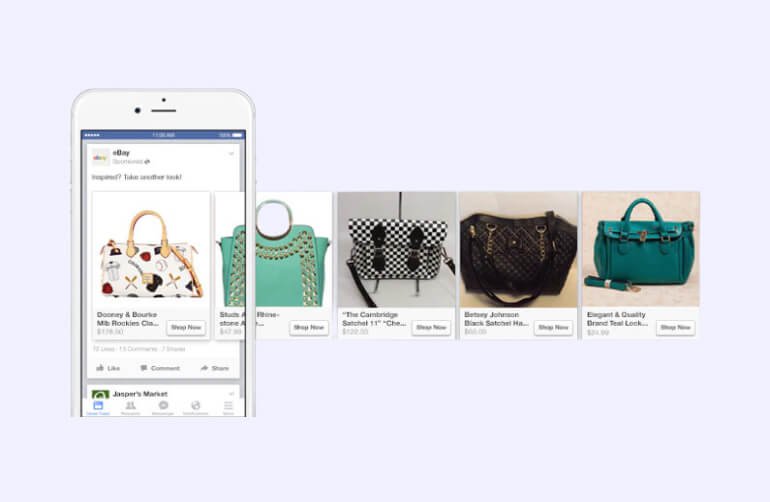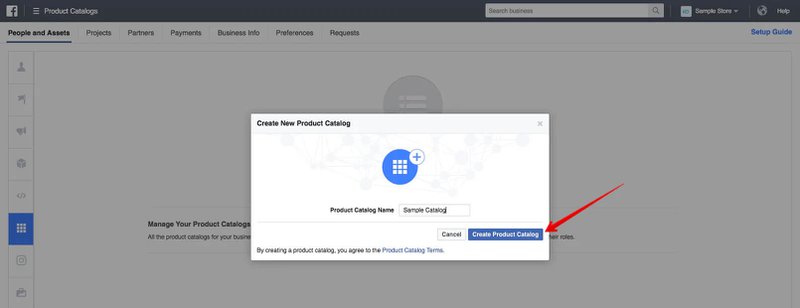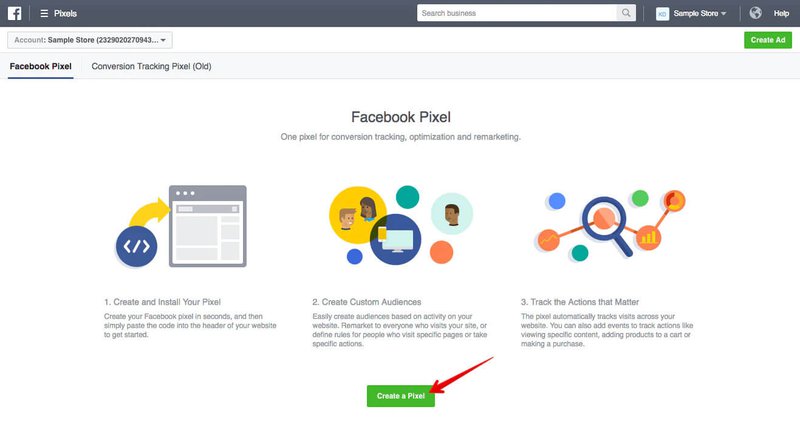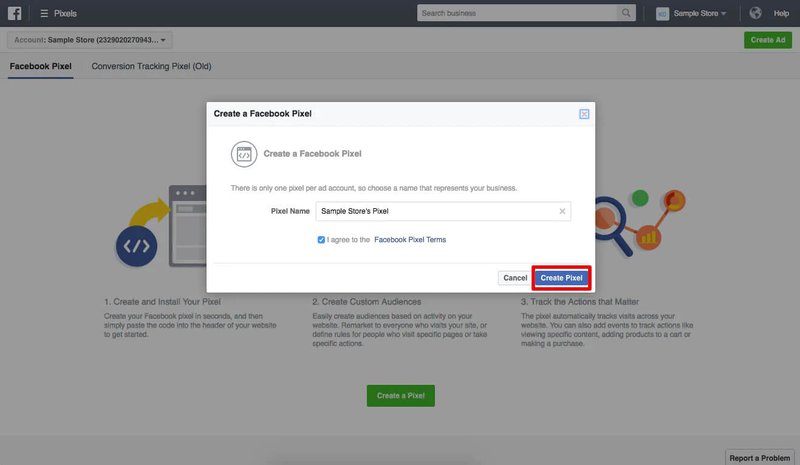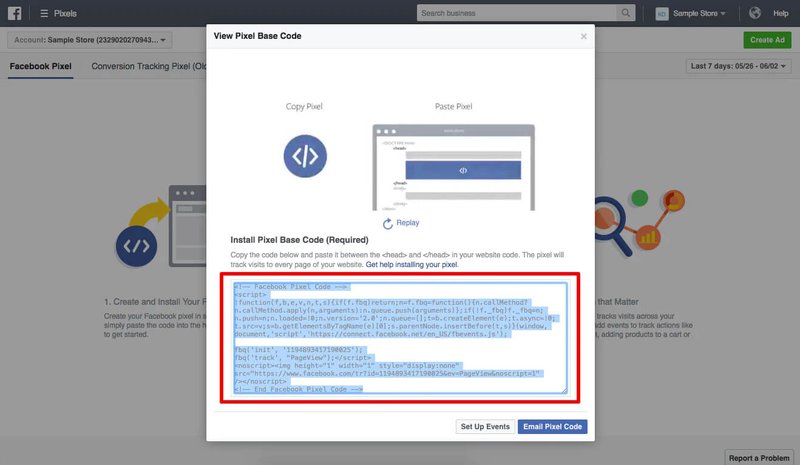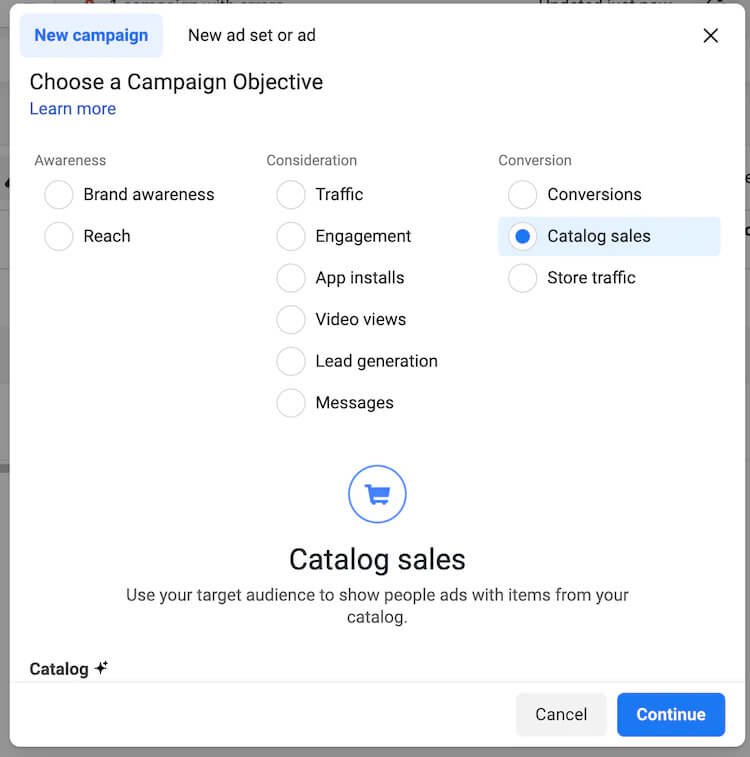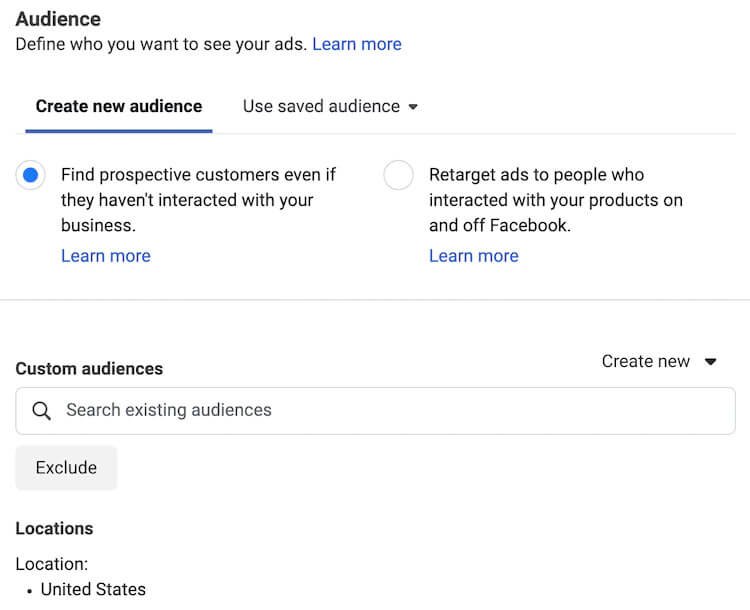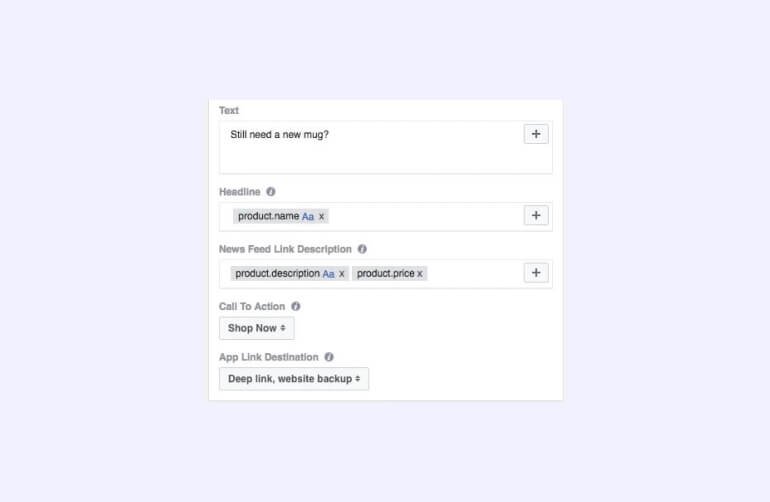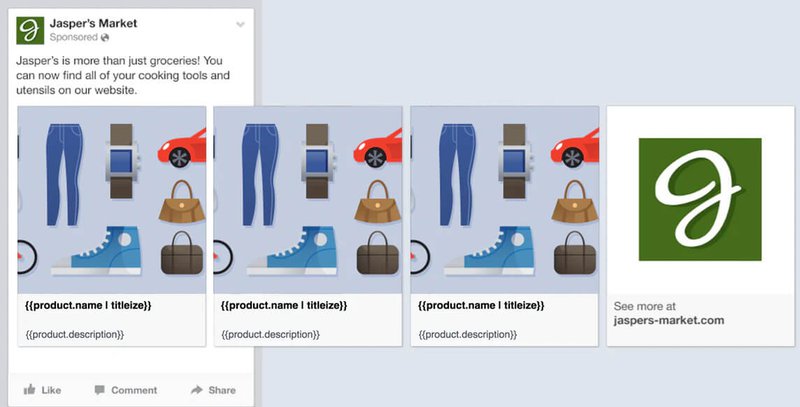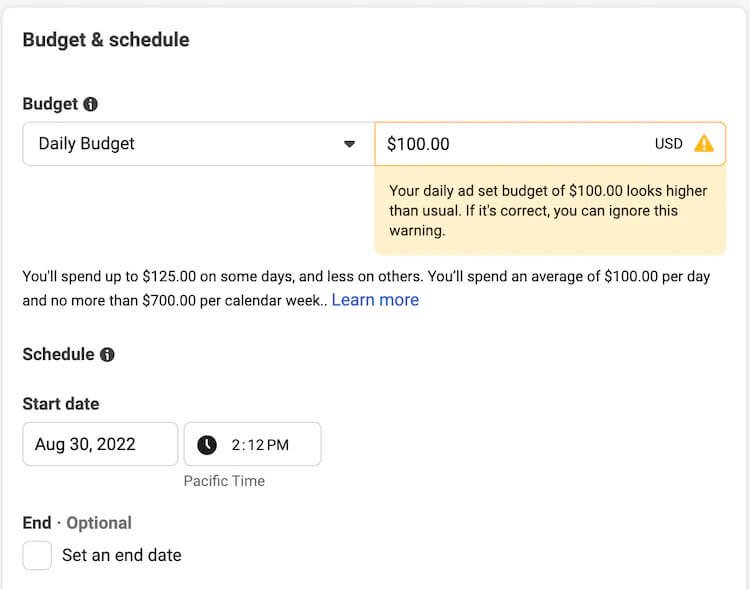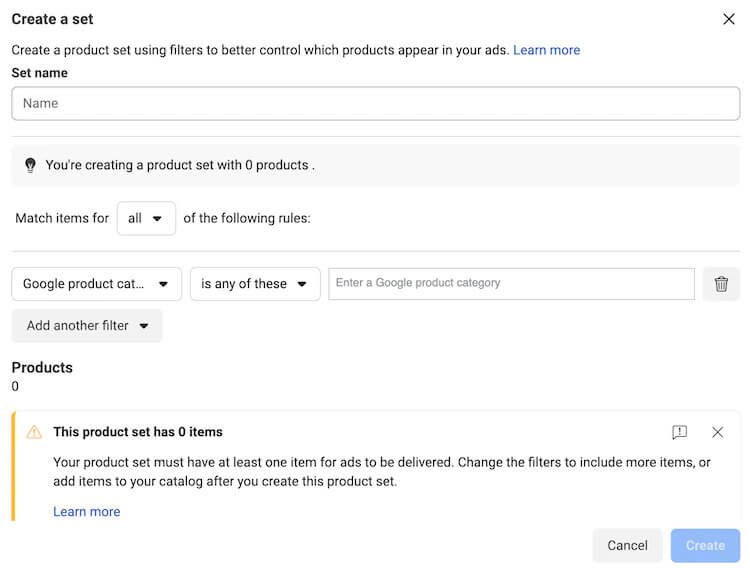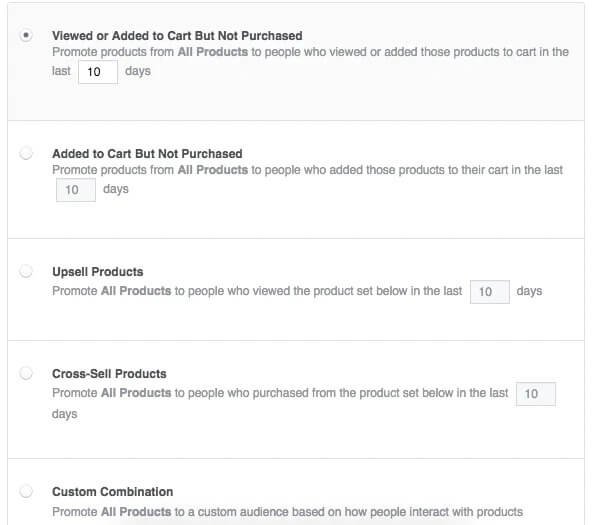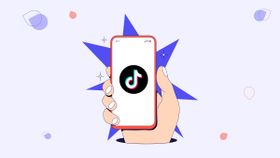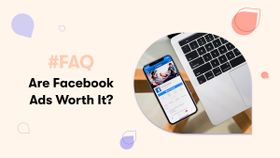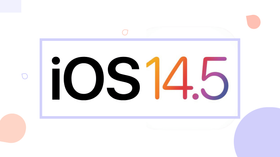Facebook Dynamic Product Ads: How to Put Your Facebook Ads on Autopilot
Learn how to automate your Facebook campaigns by using Facebook dynamic product ads. Here's a step-by-step guide on how to get started + examples + expert tips.
Published November 5, 2024.
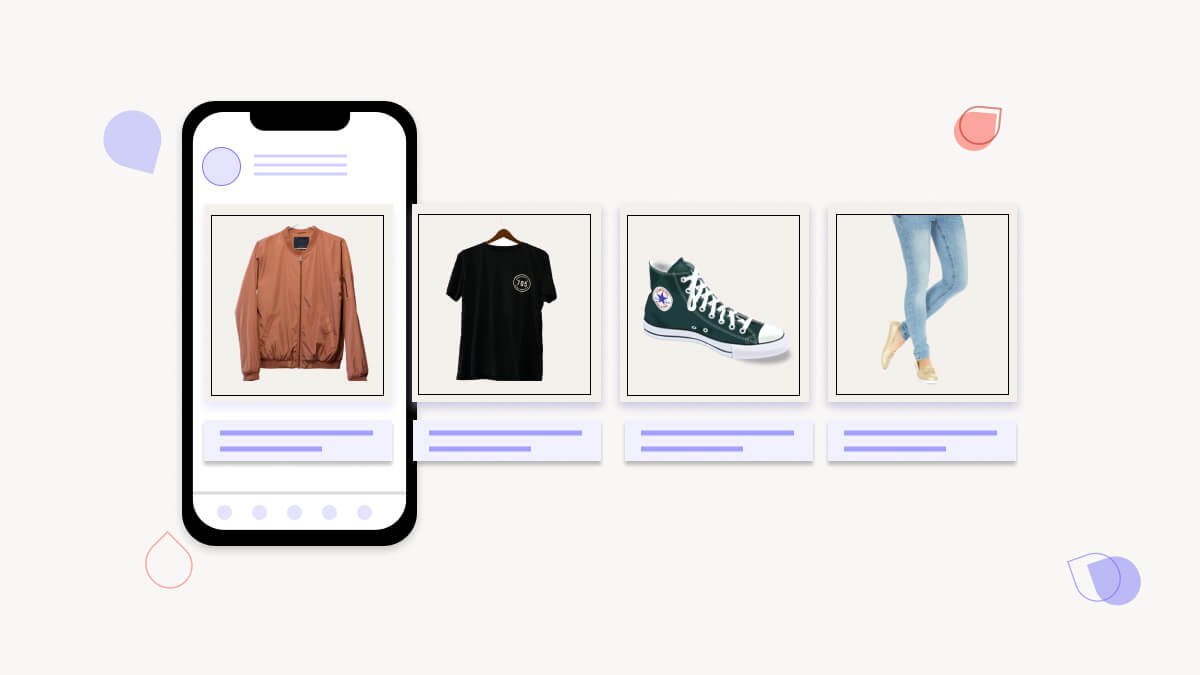
Social media advertising has proven itself to be one of the primary marketing strategies to grow any credible online business.
While Facebook still maintains a strong lead as the advertising platform of choice for marketers, the competition has gone up in recent years. This presents a reasonable question: Are Facebook ads still worth it?
Facebook advertisers have a ton of options when it comes to ad formats, but the real question is: what really makes an ad resonate with customers enough to get them to buy?
It's not just about having great content on Facebook, but also personalizing your message to fit your audience. This is where dynamic ad formats can be a big help.
Dynamic ads can help you personalize the user experience like never before, by displaying exactly the product your users are interested in. In this guide, we break down how these ads work, how to launch one, and a few expert setup tips to be aware of.
Let’s dive in.
What are dynamic product ads?
Dynamic product ads are dynamically created ads based on a template. Facebook automatically uses images and details from your data feed to create your ads. Facebook also uses your Facebook pixel to show these dynamic ads to people who have already shown interest in your business by taking actions you care about on your site.
Why use Facebook dynamic product ads?
Dynamic ads are personalized for each user and increase your conversion rate. You can better test your creative and show the most relevant products to users across a wide range of Facebook, Instagram, and Audience Network placements.
Using this ad format is also perfect for eCommerce because it makes it easy and intuitive for users to view multiple products in a carousel format.
Most eCommerce Facebook agencies choose this option for showcasing a collection of products from an online store. It makes it easy to scroll through each product, click a "Shop Now" call to action button, and quickly navigate to a product page to learn more.
Retarget previous visitors
It would be great if everyone bought your product the first time they saw your ad, but the truth is that's rarely the case. With dynamic product ads, you can retarget visitors who previously engaged with your site, have gone through the checkout process, but never actually purchased anything.
This helps remind them about the key benefits of your offer and brings them back to your site to make a purchase decision. You can reach people who viewed a piece of content, added something to their cart, or already made a purchase within a certain time window. Facebook remarketing should be the main ingredient of your advertising strategy.
Attract new audiences
One of the benefits of running dynamic product ads is you can attract new audiences. By using ad creatives and product images that captivate viewers and peaks their curiosity, you can expand to a broad audience and get them to engage with your brand and bring them closer to becoming paying customers.
Cross-sell and up-sell past visitors
Once you've acquired a new customer, you can use dynamic product ads to increase the lifetime value (LTV) of your customer through cross-sells and upsells.
A cross-sell is when you promote a related product to your customer that they can purchase in addition to the one they just purchased. If the price is higher, this would be considered an upsell, because you are "upping" the price.
This works great if you have accessories or related products that can extend the capabilities of your main product.
Cross-device targeting
Is your customer "on the go"? Use Facebook ads to target your audience and reach them on any device. This gives you the power to reach them whether they are out at the grocery store or at home with the kids.
It's common for people to start working on something on one device and pick up where they left off on another. When you target across devices, you'll be more likely to reach your audience at the perfect time and when they are most engaged.
Where do dynamic ads show up?
Dynamic product ads show up on Facebook, Instagram, Marketplace, Messenger, and audience network channels. You can customize where your ads show up by selecting or deselecting the placement channels that you want to target inside Facebook's Ads Manager.
How to set up Facebook dynamic ads
Setting up Facebook dynamic product ads is simple and easy. Not only will you be able to quickly increase conversions through improved personalization, but you'll also have an easy way to integrate with your latest and most up-to-date products using a product catalog.
Here's a step-by-step process of launching your first Facebook dynamic ad.
Upload your product catalog to Facebook
The first step to setting up your dynamic product ads is to create a product catalog.
Your product catalog is a file that lists all of the items from your inventory that you want to display within your ads.
You can access your catalogs by navigating to the Product Catalogs link in your Facebook Business Manager.
Next, click Add New Product Catalog and then select Create New Product Catalog.
You'll give your catalog a name and then add a product feed.
A product feed is the list of products from your inventory that you'll make available to your dynamic ads. You can add your product feed using CSV, TSV, RSS XML, or ATOM XML files.
Set up your Meta pixel
In order to help Facebook optimize your targeting and show your ads to the perfect audience, you'll need to use the Meta pixel. The pixel is a small snippet of code that you place on your website so Facebook can track information and interactions from visitors (known as pixel events).
To set up a new pixel, you'll need to navigate to the Pixels section in your Facebook Business Manager.
Next, you'll want to click Create a Pixel and give your pixel a name.
Once your pixel is created, you'll be able to copy a code snippet that you can provide to your developer or simply embed it on your website yourself.
Create your campaign
Once you have your pixel created, you'll be ready to create your new campaign.
You can choose from any campaign objective, but Dynamic ads work best with catalog sales.
This will allow you to import your product catalog into your ad so that you can display multiple products dynamically using the carousel ad type.
Decide which audiences you want to use
The next step is to choose your audience. You can either create a new audience or use a saved audience from your assets in your Facebook Business Manager.
To create a new audience, choose the tab Create new audience and add in your target criteria using locations, demographics, and interests.
One thing to keep in mind with targeting is to keep your ad sets simple and try not to target too many interests or locations in a single ad set.
By keeping things focused, you can increase the relevance of your ads to your targeting criteria.
Build your creative
Ah finally, the creative. This is one of the most important parts of your ad and the best part here is that most of the copy and link text will come from your product catalog dynamically.
When you build your creative you can click the plus button next to the input boxes and add variables that correspond to your catalog items. This way each item will update and the variable will be replaced by the item's catalog text (such as the product title, product description, and price).
For the call to action, you can select from the dropdown and choose an option that best relates to your campaign objective.
Select your budget and schedule
Next, you'll want to set up a budget and schedule for your ads.
You can set a lifetime budget or daily budget, but it's recommended to use a daily budget so that you can keep your ads running and monitor their performance over time.
Choose a start date that fits your campaign, and leave the end date unchecked.
A healthy budget will depend on your industry and what the average CPCs will look like, but it's a good idea to start between $50-$100/day to get enough impressions and clicks on your ads.
Pro tip: use Facebook's automated rules to improve your budget optimization.
Choose the items you want to promote
In order to create the dynamic ads, you can create a set that will connect to your product catalog and integrate your inventory into your matching conditions.
You can select filters to narrow down which items you want to promote.
You can also select items based on your pixel activity. For example, you can select items viewed or added to cart but not purchased or your can choose to promote all products to people who viewed the product set in the last 10 days.
When you select one of these options, your ads will only show if the condition is met.
Launch your ad
When you have all your settings adjusted properly, the final step is to launch your ad.
Congratulations, you've created your first dynamic product ad!
Optimize
Now that your ad is live, things don’t stop there. It's important to optimize your campaign so that you can improve your results and ROI.
Start by tweaking the creative, adding a new ad set with a different target audience, or testing new placements.
Have a good pulse on your metrics every week to help make informed decisions about what you can change. Review your click-through rate (CTR), purchase conversion rate, and cost per conversion. And when in doubt, get a consultation from a Facebook Ads expert to help you optimize your ads.
Tips on creating effective dynamic ads
If you're looking for a new and creative approach to using dynamic ads, try one of these ideas.
Time-based ads
You can create different ads that show a countdown of the number of days before the end of a sale. This helps drive urgency and gives your visitors a reason to act now. You can design your ads to show the price each day and make it look like a bigger discount as time gets closer to a certain holiday.
Review ads
A great way to show social proof is to use reviews. With dynamic ads, you can include testimonials, user feedback, and star ratings to show that customers approve of your products.
This helps boost your conversion rate because it builds more trust with your visitors and shows them that other people have purchased and used your products before.
Check your analytics regularly
Don't forget to check your analytics every week and at the end of each month to see how your campaigns are performing. You can use Google Analytics to track metrics like website sessions, page interactions, the bounce rate, and conversion rates.
It's a good idea to create a view in Google Analytics where you filter the traffic coming from Facebook ads and monitor that traffic exclusively. If you are using a third-party eCommerce platform like Shopify or BigCommerce you may be able to combine that data with your GA data to get a better picture of attribution and campaign performance.
Update your product catalog often
Like all businesses, your offering will (and should) constantly evolve and change over time. Keep your product catalog up to date and make sure you add any changes to your data feed so that your ads will reflect those changes.
By doing these updates regularly, you'll help refresh your ads so you avoid any ad fatigue from your audience.
Optimize your images for mobile
Always make sure you have images that are optimized for mobile. If the product image is too large, it can take a long time to download on a mobile device. Facebook recommends 1080 x 1080 and no more than 30MB in size.
Check your pixel
Your pixel data is full of valuable insights and can help you make informed decisions about how to optimize your ads. Always keep a good pulse on the pixel performance which you can find under Business Manager > Events Manager.
Use animation if possible
Using the slideshow dynamic ads format, you can show products from different angles. This helps you bring a web experience into the News Feed.
To create a slideshow, you can include multiple images in your product feed and check the box ‘show when available’ under Catalog Assets.
Customize your ads
Customize your ads with unique text and make sure your copy is written well so that it speaks directly to your audience.
You want your audience to have a connection to your ads and feel compelled to take action.
Make the most out of your Facebook dynamic product ads
The potential for growing your business with Facebook dynamic product ads is big and now is the time to take action. If you haven't already launched your campaign, take the time to get it live and follow all these guidelines to maximize your success.
If you're just getting started with Facebook ads and you're looking for more help, consider hiring a Facebook Ads Agency. It can be beneficial to brainstorm ideas and have experts launch and optimize your campaigns.
Here at Mayple we have 600+ vetted marketing agencies and professionals that could help you scale your campaigns. Get started today!
FAQs
How to set up dynamic ads on Facebook?
To set up dynamic ads on Facebook, create a product catalog and connect it to your dynamic ad campaign. Choose the items you want to promote (from the drop-down menu) and set your budget and targeting options. Next, add variables from your product set and customize your ad copy. Once you have your settings updated, launch your campaign.
Are Facebook Dynamic Ads worth it in 2023?
Yes, in 2023 Facebook dynamic ads are worth it. You can reach your audience with a variety of ad creatives including giveaways, countdowns, reviews, and branded offers. These dynamic ads can help you target broad audiences, clearly display your product benefits, and let the AI do all the heavy lifting for you.
With dynamic ads, you can stay relevant and compel your audience to take action and buy your products.
When should you consider using Facebook dynamic product ads?
Dynamic product ads work best when you have a Facebook catalog of products you want to promote, but you can use it any time you want to use a carousel ad creative and create a dynamic campaign that engages your audience. You can easily use these ads for an eCommerce business by connecting your Facebook product feed and automatically importing all of your products.
What's the difference between dynamic and static ads on Facebook?
Static ads don't change which means online users see the same exact ad each time it's displayed. Dynamic ads are programmed to change depending on specific user attributes and can help you reach a specific target audience by displaying the exact products they have checked out in the past or added to their cart on your site.
Are Facebook dynamic ads good?
Dynamic ads are a powerful way to serve personalized product ads to your audience. There are many advanced design and audience options that help you design better more targeted ads. It's way better than displaying single-image ads with white backgrounds.
